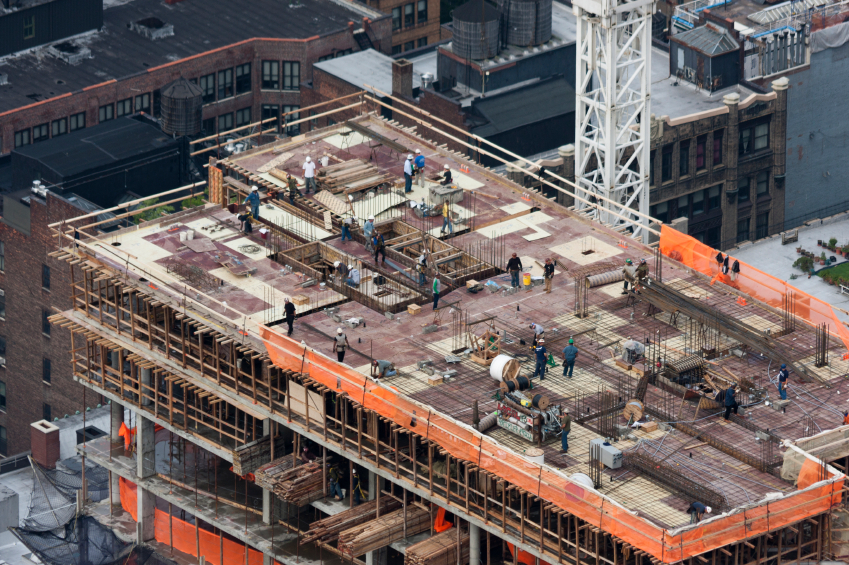The number of New York City white- and blue-collar men and women in the construction industry fell 3.8% last year to 224,500, according to recently published New York Building Congress analysis of the U.S. Census Bureau’s 2010 American Community Survey. The construction trades accounted for 165,300 of these positions, down 4.7% from 2009.

The data includes both union and non-union labor, as well as management positions, architects, engineers, office support and other service workers connected to the construction industry. Because the survey is self-reported by individuals instead of firms, it includes participation of “off-the-books” workers, NYBC says.
The study also shows that 75% of NYC construction industry workers live in the five boroughs, with 63,600 residing in Queens, 53,700 in Brooklyn, 24,200 in The Bronx, 14,400 in Staten Island, and 12,300 in Manhattan.
In 2010, white non-Hispanic men and women accounted for 40% of the 224,500 workers, down 8% from 2009. Hispanics accounted for 80,700 of the total workforce, down 5% from 2009. Black non-Hispanics accounted for 31,600 of the total, up to 2% from 2009; and Asian workers made up 21,200 of the total, up 12% from 2009, says NYBC.
Construction workers are increasingly going without health insurance, NYBC says. The study shows that 49% of workers reported that they did not have health insurance in 2010, up from 45% in 2009. Some 55% of construction trades workers were uninsured in 2010, up from 53% in 2009, and 25% of white-collar workers reported not having health insurance in 2010, up from 20%.
NYBC president, Richard T. Anderson calls these figures “disconcerting” and says that “it is obvious that those working at non-union sites are overwhelmingly going without such benefits” since the city’s unions provide health coverage to its members.
Non-U.S. citizens accounted for 39% of the total industry workforce and 45% of all construction trades workers. Some 56% of all respondents said they speak a language other than English at home.
NYBC says the industry has maintained a reputation as a haven for middle-class employment, with 49% of all workers living in households with annual incomes between $50,000 and $125,000. Some 8% live in households earning less than $25,000.

Post a comment to this article
Report Abusive Comment